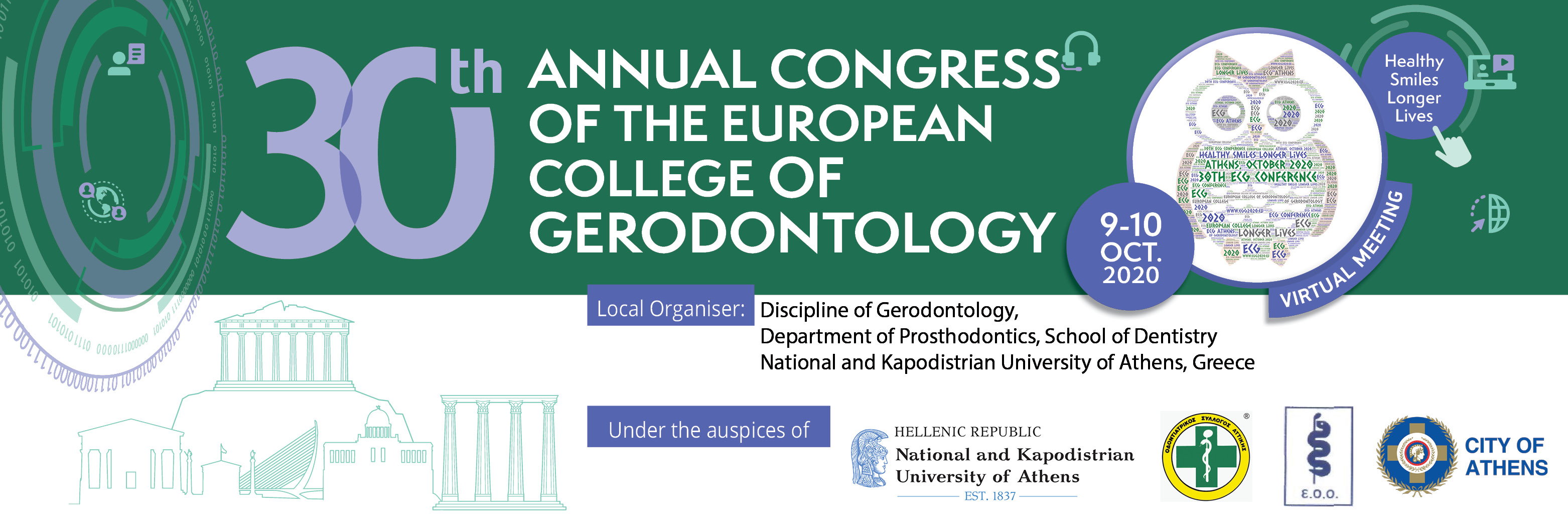In the coming decades the developed countries will experience a double ageing of their population. The relationship between general and oral health must be understood by the general dental practitioner if therapies are to be effective. Halitosis is an offensive odor usually originating from the oral cavity and can lead to anxiety and psychosocial embarrassment. The occurrence of halitosis is closely related to intraoral conditions including xerostomia. Especially, the relationship between xerostomia and halitosis is prominent in older adults receiving polypharmacy. Dentists are faced with the effects of halitosis on their aged patients in clinical practice. The aim of this study is to summarize the role of the general dental practitioner as regards the early diagnosis and management of halitosis in older adults.
Methods: Electronic search of the PubMed database was performed to identify relevant studies published in the English-language from 2010 to present. The key words used were halitosis AND older adults AND general dentist. The initial electronic search identified a total of 228 articles of potential interest. Only 10 satisfied the criterion of correlating the role of general dentist and treating halitosis.
Results: Every healthcare provider and especially the general dentist treating the older adults for oral malodours must recognise that there is a direct relationship between the oral and general health of the patient. Many studies correlate halitosis with the presence of hyposalivation, periodontal disease, calculus, fixed prosthodontics and dementia. With proper diagnosis, identification of the aetiology, timely referrals when needed, steps can be taken to create a successful individualized therapeutic approach for each patient seeking assistance.
Conclusions: For best results, a multidisciplinary approach to diagnosing and treating oral malodours that involves mainly the dentist and physician should be arranged. Early detection of halitosis by the dental practitioner can lead to the improvement of the quality of life for many aged. Development of additional education and practical implementation strategies should be considered to educate general dentists.
- 52 views



